Anyone reading up on the buzzword IoT in the technical space would most likely have come across the word LoRa or LoraWan
LoRa: Long range, low power wireless platform is the prevailing technology choice for building IoT networks worldwide.
Smart IoT applications have improved the way we interact and are addressing some of the biggest challenges facing cities and communities: climate change, pollution control, early warning of natural disasters, and saving lives. Businesses are benefiting too, through improvements in operations and efficiencies as well as reduction in costs.
This wireless RF technology is being integrated into cars, street lights, manufacturing equipment, home appliances, wearable devices – anything, really. LoRa Technology is making our world a Smart Planet.
LoRa Technology
A Semtech innovation, LoRa Technology offers a very compelling mix of long range, low power consumption and secure data transmission. Public and private networks using this technology can provide coverage that is greater in range compared to that of existing cellular networks. It is easy to plug into the existing infrastructure and offers a solution to serve battery-operated IoT applications. Semtech builds LoRa Technology into its chipsets. These chipsets are then built into the products offered by our vast network of IoT partners and integrated into LPWANs from mobile network operators worldwide.
These are some excerpts from Semtech who own the LoRa IP
This Project aimed at building a basic sandbox LoRa node which could interface with any sensor (Temperature & Humidity in this case) and communicate with Tata Communications Limited (TCL) LoRa network.
About TCL IoT Link to the Press Release
TCL LoRa network is currently deployed in Mumbai,Banglore and Delhi.
The Node
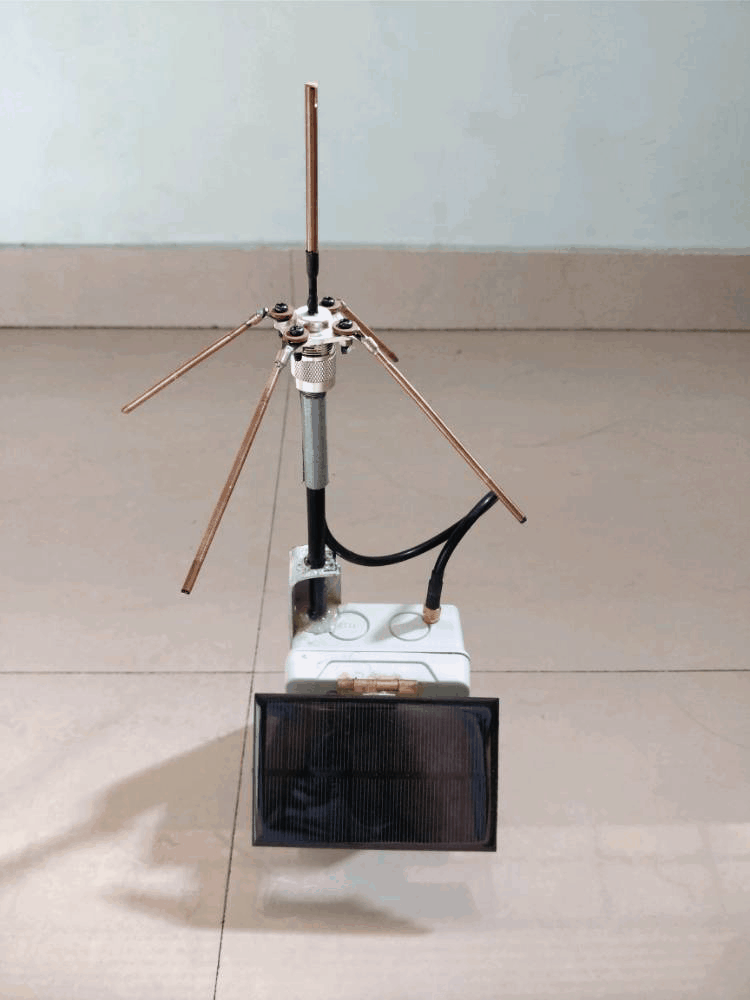
Construction
The prototype can be broken down in the following stages of construction
Block Diagram
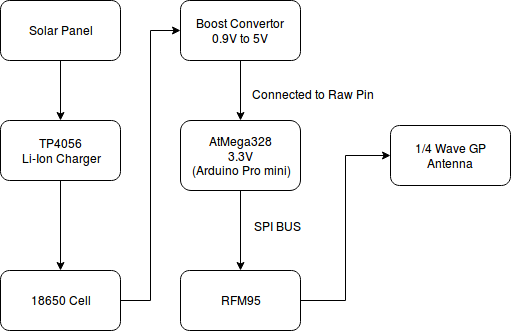
Antenna
The antenna was designed with the help of m0ukd antenna calculator
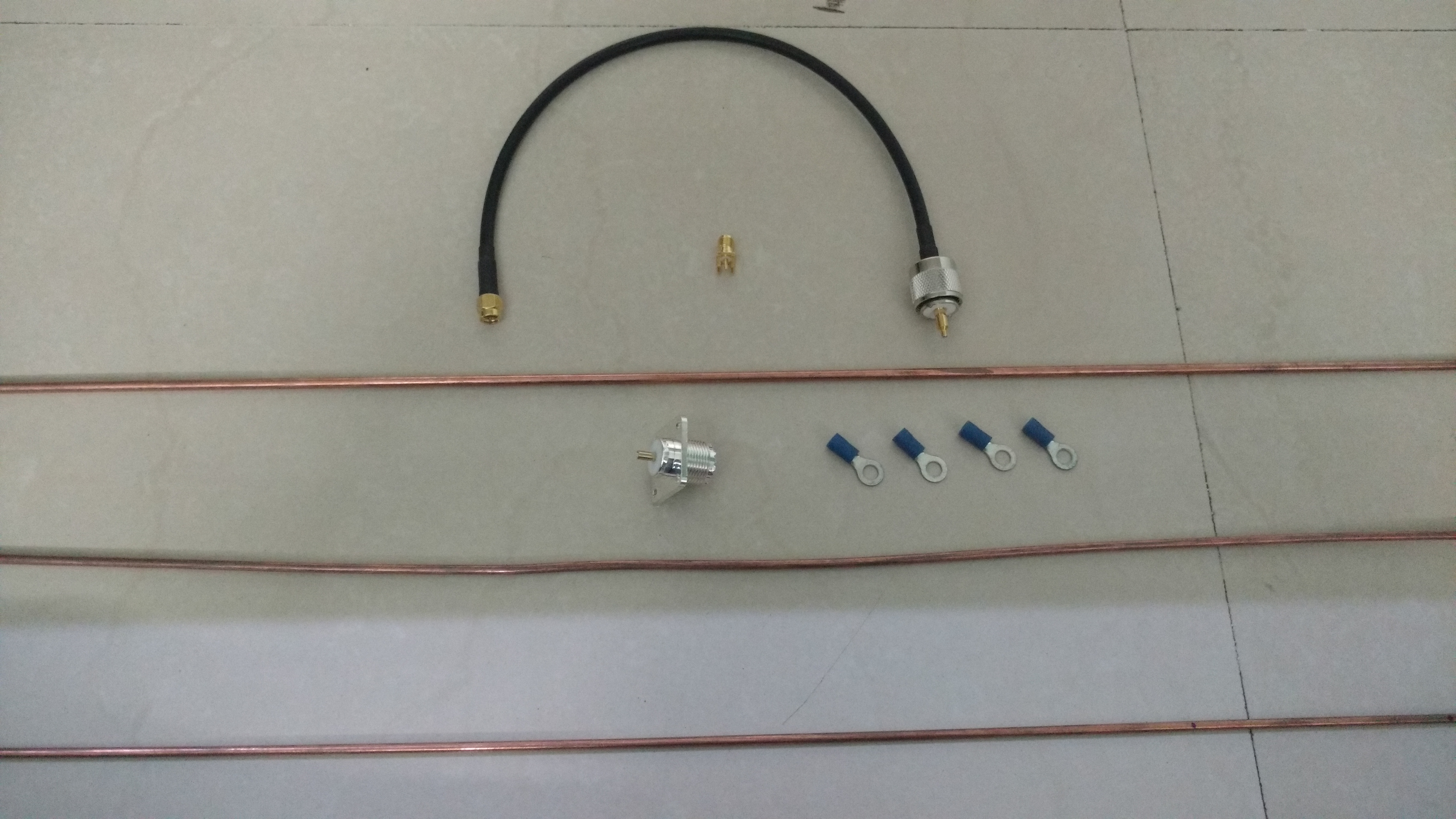
Parts
- 2mm Copper Rod
- 4 Battery Lugs
- PL259 Male to SMA Female cable
- PL259 Female Connectoring
- Misc tools for cutting and filing
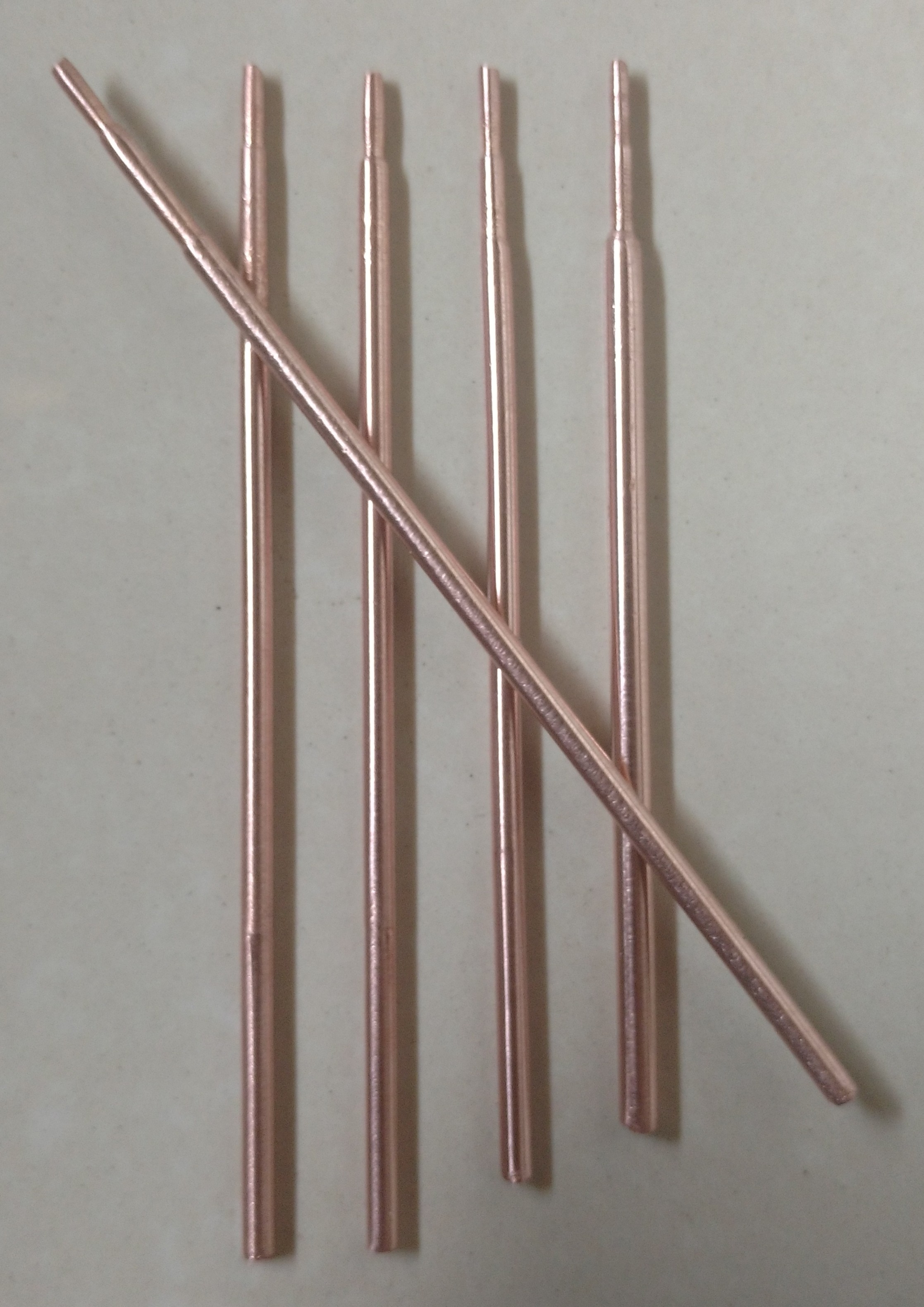
Machined and polished antenna elements
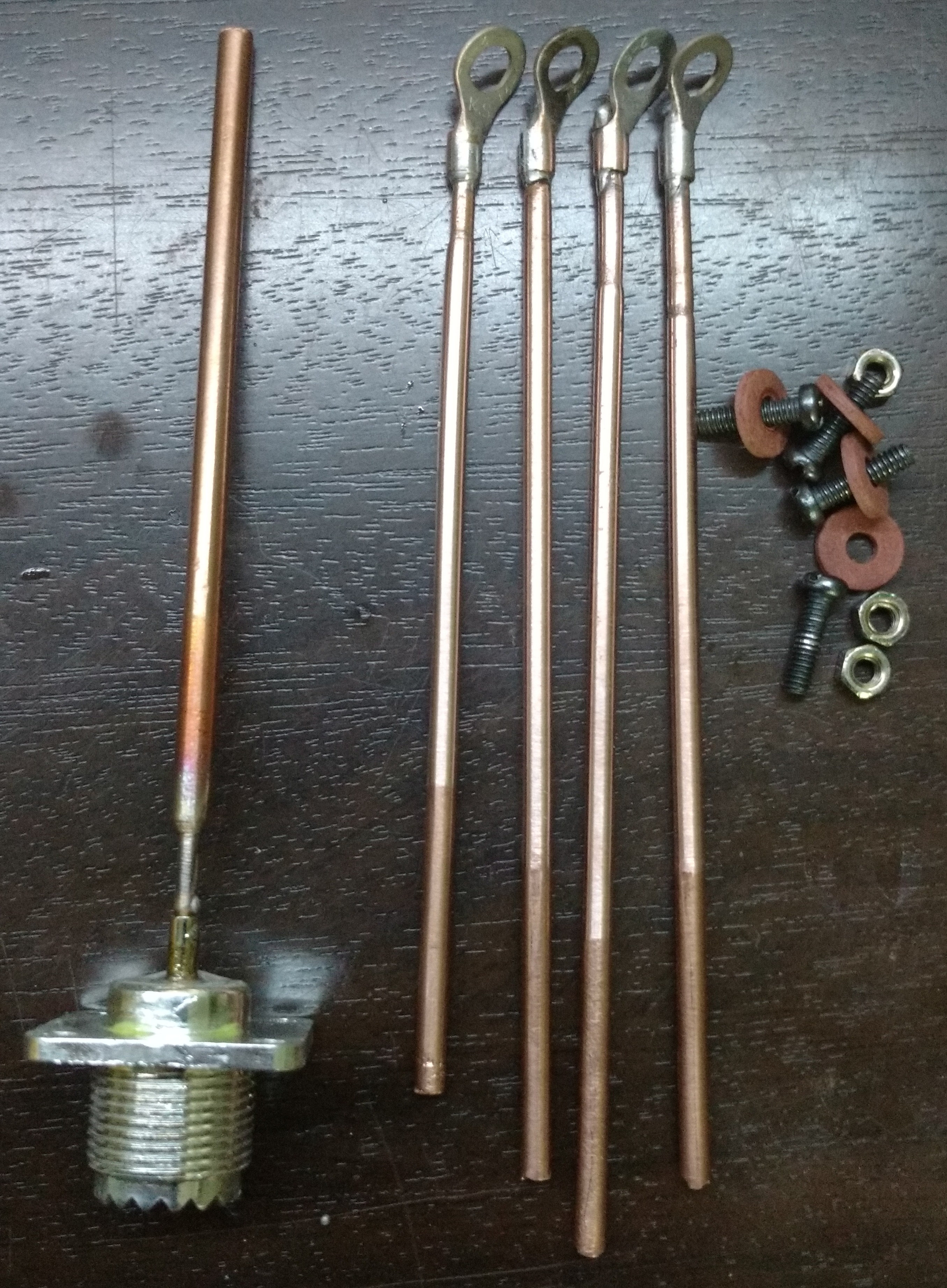
Antenna parts Ready for assembly
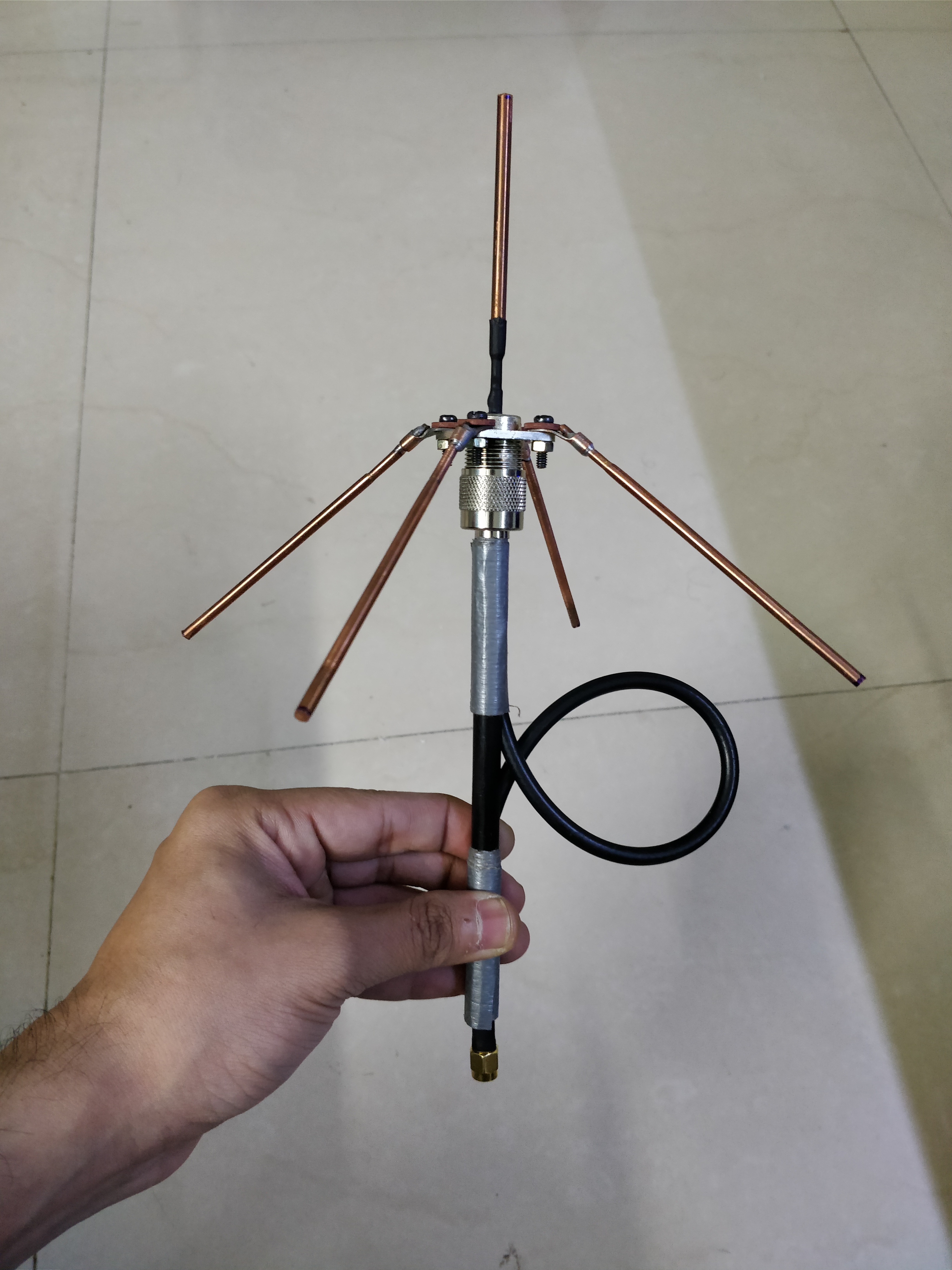
Completed Antenna
Electronics
The Electronics for this Node are as follows
- Hope RF - RFM95 module
- Arduino Pro mini 3.3V
Its essential to use a 3.3 V Rated MCU as the RFM95 modules are not 5V tolerant. If you are using a 5V MCU use a bidirectional 5V to 3.3V logic level convertor
- Breakout board for RFM95 module
- SMA Male connector for Antenna
- A FTDI USB-Serial convertor to communicate over serial for testing and debugging

Power
- This project is powered using a ~2300mAh 18650 cell and a solar panel
- A TP4056 Module is used to charge the 18650 cell using the solar panel
- Standby current of the Node was measured around 0.01mA where as peak current was about 35mA which is observed for about a second while transmitting the data
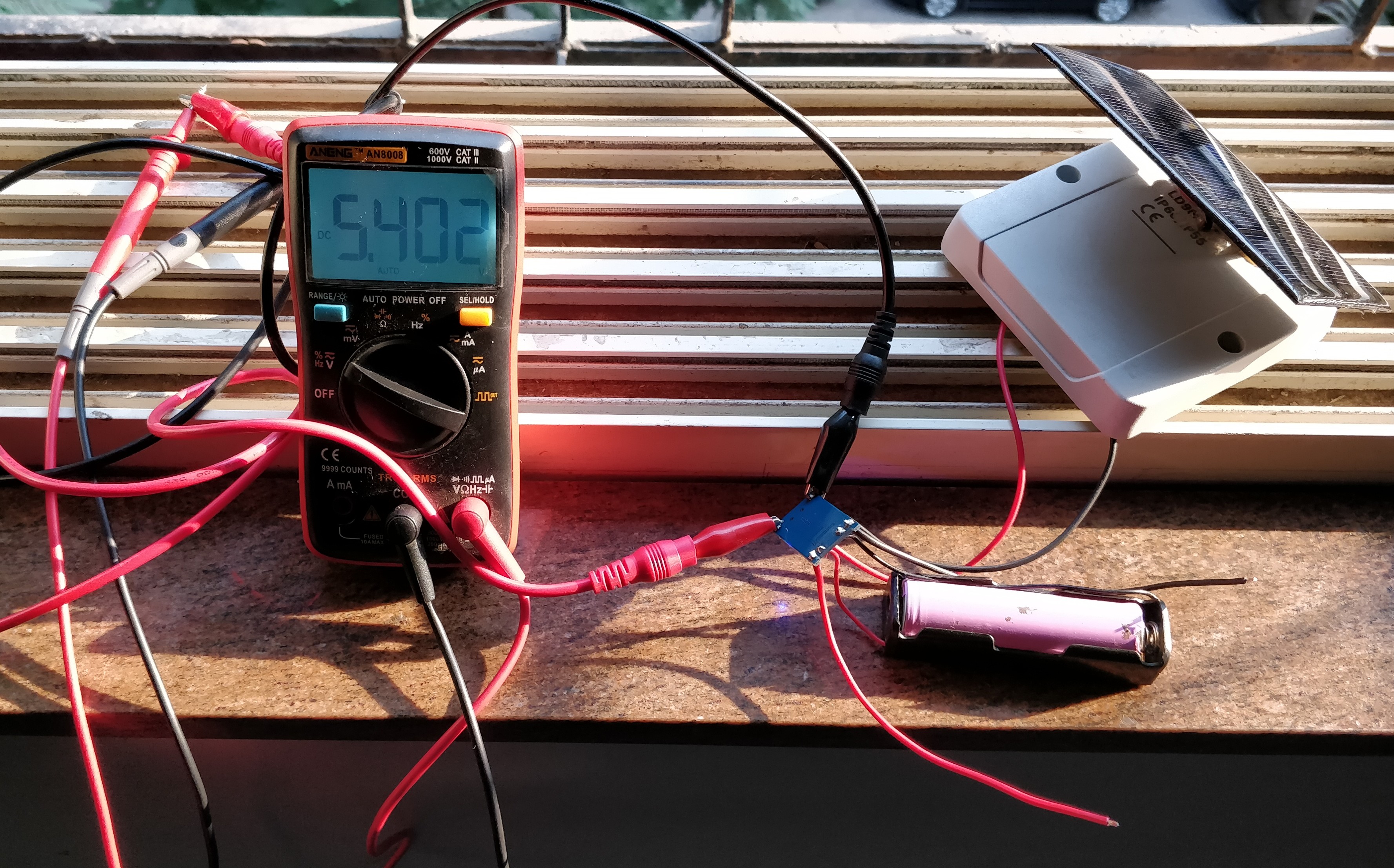
Code
This node makes use of IBM’s LMIC(LoRa MAC in C) library with credentials provided by TCL Network. The data sent by this node can be viewed on the TCL Dashboard currently.
Case
An IP68 case was used for this node as an enclosure. Several modifications were done to this for antenna mount, drawing wires and antenna connector.
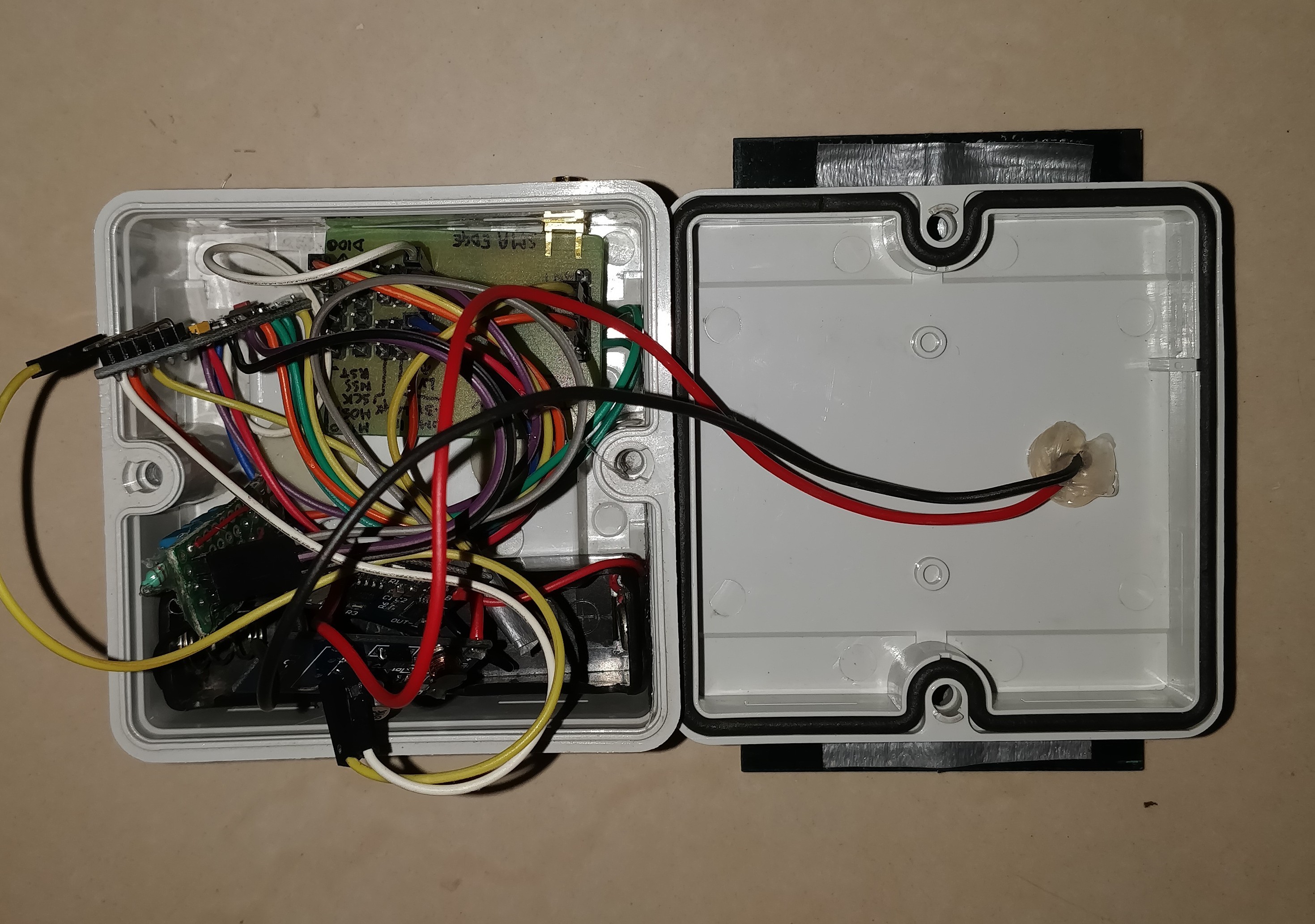
Final Thoughts
This node was made as a prototype, so size wasnt a constraint here. The node could be easily made much smaller. The antenna used here is a 1/4 Wave GP antenna. The reason for this was to achieve a longer lobe to increase range. With further testing a simple omnidirectional wire antenna can also be implemented. I am trying to get the sensor data displayed on this page soon using some python magic !
Go Top